1. The basics of color theory
Let's start with the basics. Color theory is all about how colors interact with each other. It's the science and art of using color to create harmony or contrast in your artwork. At its core are three primary colors: red, blue, and yellow. From these primary colors, you can create an infinite range of hues by mixing them together.
2. The color wheel
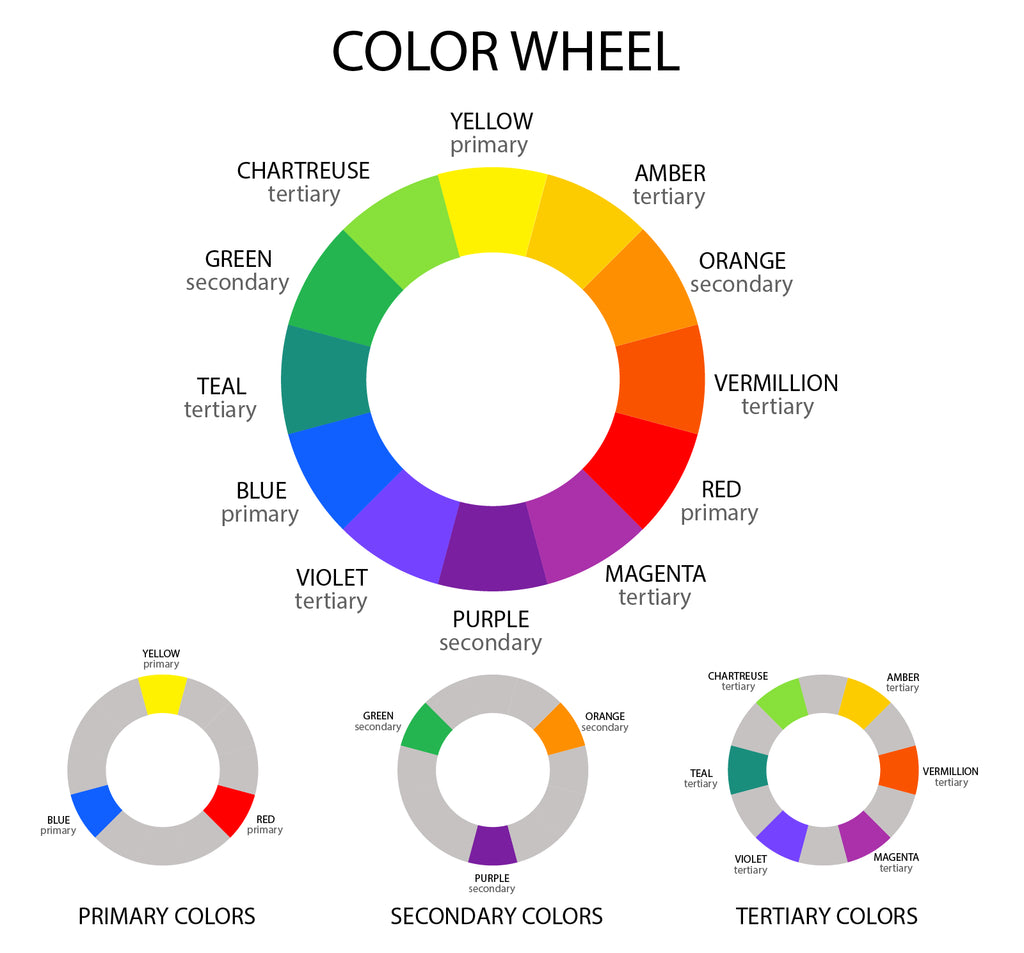 Ah, the trusty color wheel! This nifty tool is your best friend when it comes to planning your color palette. It's divided into twelve segments, each representing a different hue. You've got your primary colors, your secondary colors (mixtures of primary colors), and your tertiary colors (mixtures of primary and secondary colors). Understanding how these colors relate to each other on the wheel is key to creating balanced compositions.
Ah, the trusty color wheel! This nifty tool is your best friend when it comes to planning your color palette. It's divided into twelve segments, each representing a different hue. You've got your primary colors, your secondary colors (mixtures of primary colors), and your tertiary colors (mixtures of primary and secondary colors). Understanding how these colors relate to each other on the wheel is key to creating balanced compositions.
3. Creating harmony
One of the most powerful aspects of color theory is its ability to create harmony in your paintings. By using colors that are adjacent to each other on the color wheel (known as analogous colors), you can achieve a soothing, cohesive feel. Think of a serene landscape with shades of green, blue, and purple blending seamlessly together.
4. Adding contrast
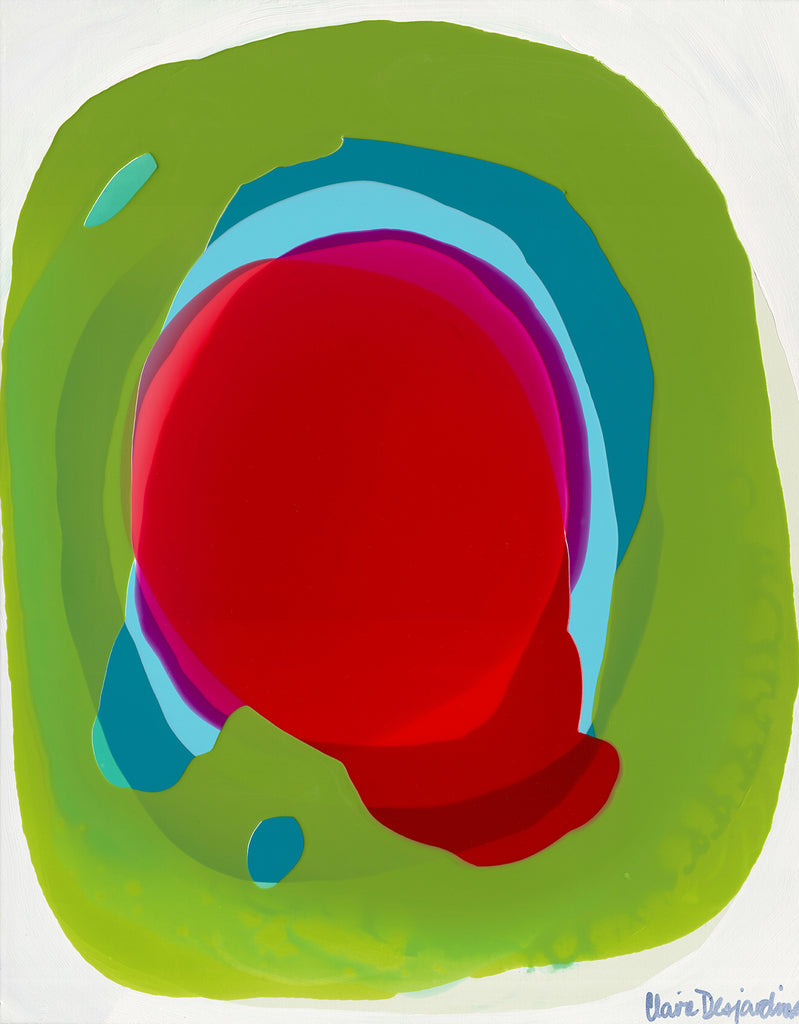 On the flip side, sometimes you want to shake things up and add a bit of drama to your artwork. Enter complementary colors: those that are directly opposite each other on the color wheel. Pairing complementary colors creates contrast and can make certain elements of your painting pop. Picture a fiery orange next to a cool, serene blue – talk about a visual punch!
On the flip side, sometimes you want to shake things up and add a bit of drama to your artwork. Enter complementary colors: those that are directly opposite each other on the color wheel. Pairing complementary colors creates contrast and can make certain elements of your painting pop. Picture a fiery orange next to a cool, serene blue – talk about a visual punch!
5. Playing with temperature

Another aspect of color theory to consider is temperature. Warm colors (like red, orange, and yellow) evoke feelings of energy and excitement, while cool colors (like blue, green, and purple) have a calming, tranquil effect. By strategically using warm and cool tones in your painting, you can create a dynamic interplay of emotions.
6. Experiment and have fun!
Above all, don't be afraid to experiment with color! Mix and match different hues, try out unexpected combinations, and let your intuition be your guide. Some of the most breathtaking abstract paintings come from taking risks and embracing the unexpected.
So there you have it – a crash course in using color theory to enhance your abstract paintings. Remember, art is all about expression and exploration, so don't be afraid to let your creativity run wild. Happy painting! 🎨✨

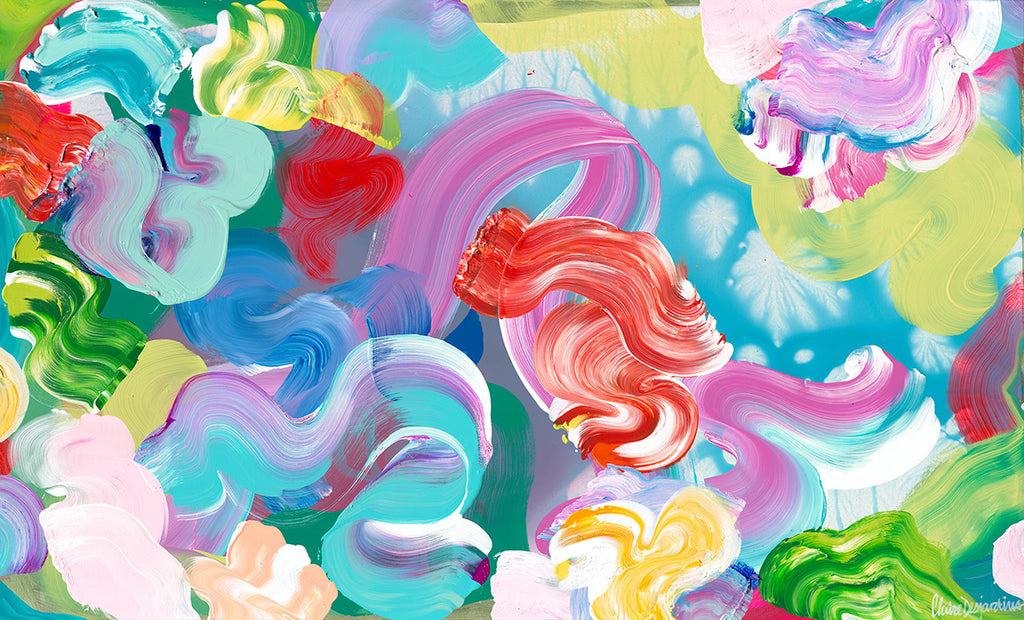
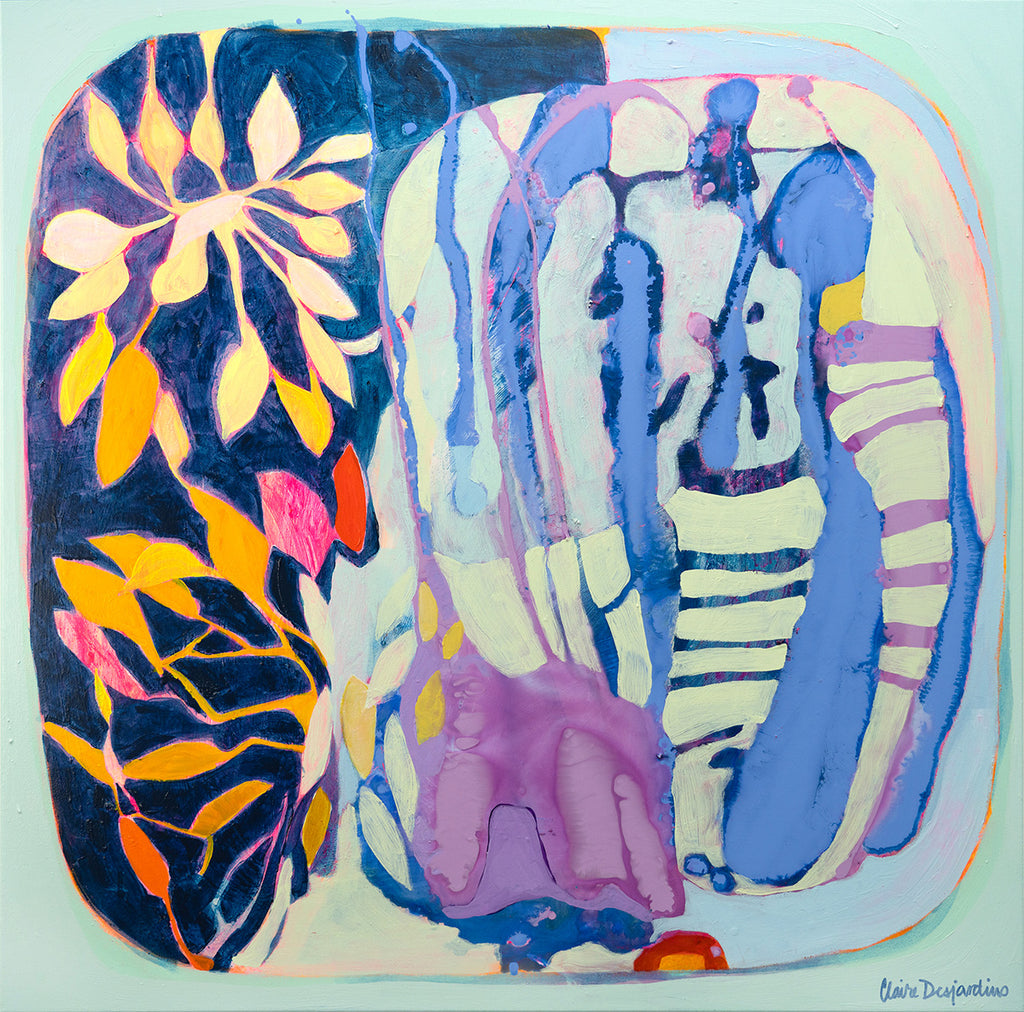
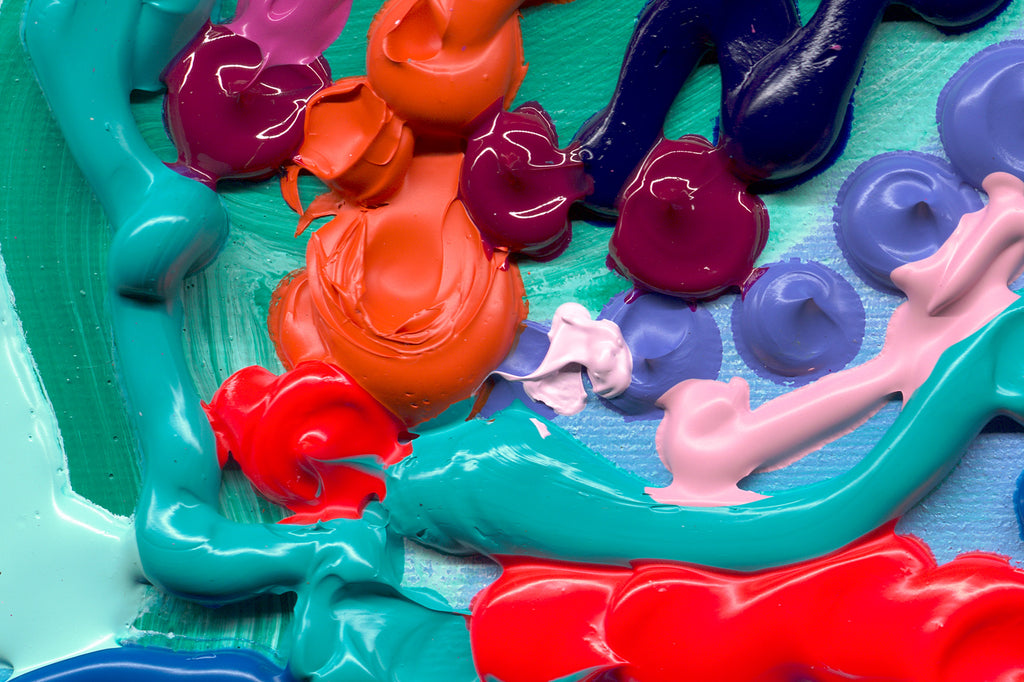
5 comments
Thank you for the refresher. Sometimes it helps to get back on track with reminders like this.
Love your swirling painting at the beginning of your article.❤️
Thanks for sharing this and tagging me, Claire! I have shared it with several artist friends.
It’s helpful to have these refreshers. One shouldn’t rely on intuition alone.
I love your articles. They’re concise and eloquent. Color is my thing too. It’s the one common comment I get. So, this article resonates with my perspective of my art.
Gracias por tus palabras claire!!! SOS una excelente artista y creadora de obras increíbles . Para mi una gran inspiración. Sígueme en IG @chechurepetto o @thecrepart